
unmediated
Looking back at 2020 leaves one with memories of separation and lacking proximity to other bodies. Based on this feeling Jens Tiemann and I developed a concept that explores the unmediated interaction between bodies – Can one sense the body and presence of another person without actually touching? What could this portrayal reveal and provoke in our present state and being?
Performers are fitted with skin-tight suits equipped with strong magnets that produce invisible magnetic fields. The specific arrangement of their poles creates a dividing force that can be felt with our own tactile sensory system. The resulting visual gap between the magnets – the repulsion – actually becomes a point of connection. The skin as ones largest organ has many sensory receptors that enable direct contact with the world. But in times of isolation and loneliness, one might forget touch as a tactile stimulus through the omnipresent use of digital media and communication devices. In unmediated, the body becomes a medium itself and therefore a major point of interaction. The suits serve as apparatuses as well as surfaces to reflect on the origins of interaction. What role does technology play in this? Could the unmediated-suits be a tool for (re)learning and (re)connecting with our bodies after losing touch through digital media?
–––––
tasks: concept, photography, direction
2021 / Berlin University of the Arts

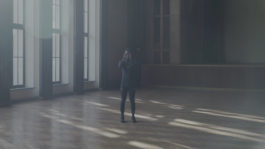
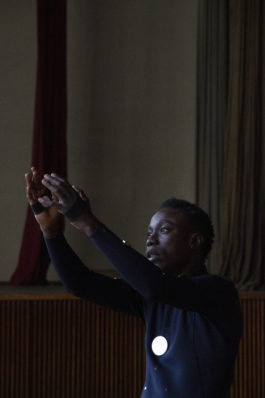
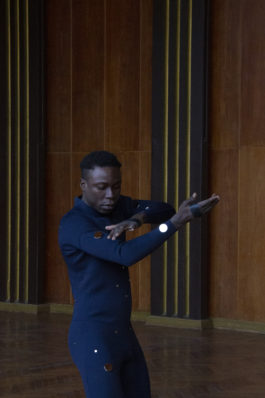
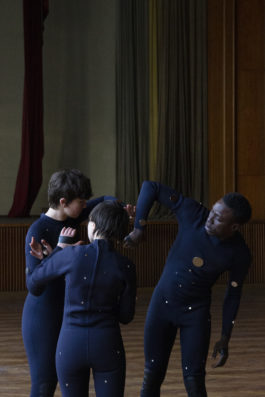
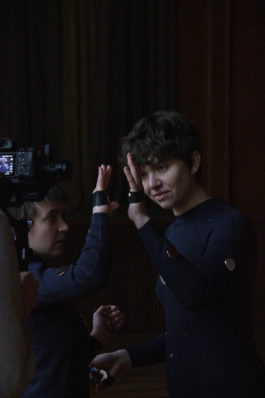


unmediated
Looking back at 2020 leaves one with memories of separation and lacking proximity to other bodies. Based on this feeling Jens Tiemann and I developed a concept that explores the unmediated interaction between bodies – Can one sense the body and presence of another person without actually touching? What could this portrayal reveal and provoke in our present state and being?
Performers are fitted with skin-tight suits equipped with strong magnets that produce invisible magnetic fields. The specific arrangement of their poles creates a dividing force that can be felt with our own tactile sensory system. The resulting visual gap between the magnets – the repulsion – actually becomes a point of connection. The skin as ones largest organ has many sensory receptors that enable direct contact with the world. But in times of isolation and loneliness, one might forget touch as a tactile stimulus through the omnipresent use of digital media and communication devices. In unmediated, the body becomes a medium itself and therefore a major point of interaction. The suits serve as apparatuses as well as surfaces to reflect on the origins of interaction. What role does technology play in this? Could the unmediated-suits be a tool for (re)learning and (re)connecting with our bodies after losing touch through digital media?
–––––
tasks: concept, photography, direction
2021 / Berlin University of the Arts






